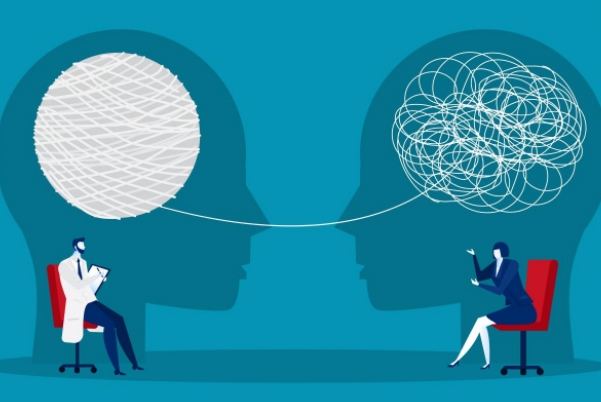

心理学撒谎动作测试是探测个人在不诚实时可能会有的非语言行为表现。这类测试建立在观察和研究一个人在说谎时的身体动作、面部表情、眼神移动和语调变化等。传统上,心理学家和行为专家认为存在一些典型的非语言信号或迹象,这些信号可能表明一个人在扭曲事实或完全撒谎。
通过心理学撒谎动作测试,参与者可以对照一系列指标和情景问题来评估自己在实际生活中的表现,或者学习如何识别他人可能的欺诈行为。然而,值得注意的是,尽管某些行为可能与撒谎相关联,但并没有任何单一的动作或表情可以准确地指示一个人在说谎。人们的行为可能因文化差异、个人习惯、紧张程度或其他因素而发生变化。
关于心理学中撒谎动作(Deception)和相关主题的论文文献如下,供您参考:
1.Vrij, A., & Granhag, P. A. (2012). Eliciting cues to deception and truth: What matters are the questions asked. Journal of Applied Research in Memory and Cognition, 1(2), 110-117.
2.Bond, C. F., & DePaulo, B. M. (2006). Accuracy of deception judgments. Personality and Social Psychology Review, 10(3), 214-234.
3.Hartwig, M., Bond, C. F., & Granhag, P. A. (2018). Strategic use of evidence during police interviews: When training to detect deception works. Legal and Criminological Psychology, 23(1), 1-17.
4.ten Brinke, L., Stimson, D., Carney, D. R., Bard, K. A., & Beukeboom, C. J. (2014). Exploring the revelation–concealment continuum: A content analytic review of how people reveal and conceal their intimate selves. Frontiers in Psychology, 5, 1089.
5.Levine, T. R. (2014). Truth-default theory (TDT): A theory of human deception and deception detection. Journal of Language and Social Psychology, 33(4), 378-392.